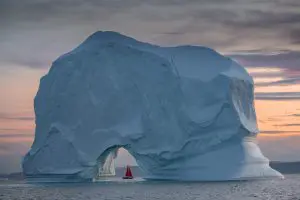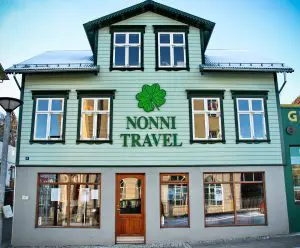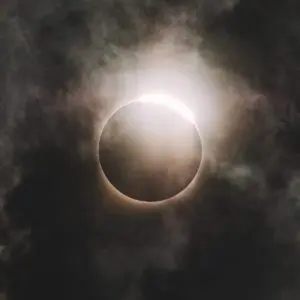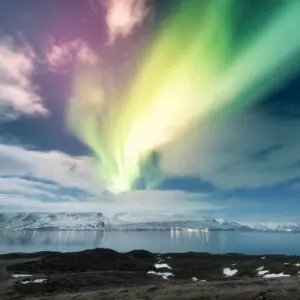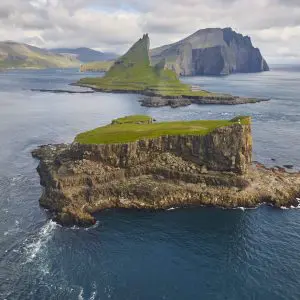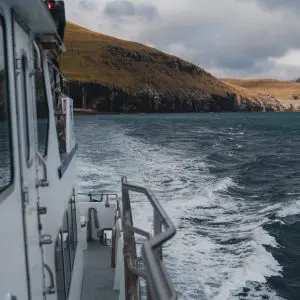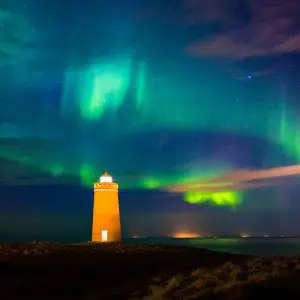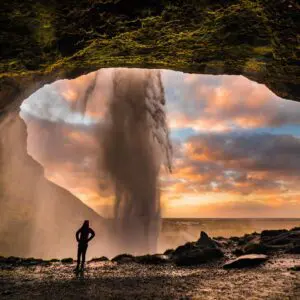A Local Guide for Self-Drive Itinerary: 7, 10, and 14-Day Road Trips
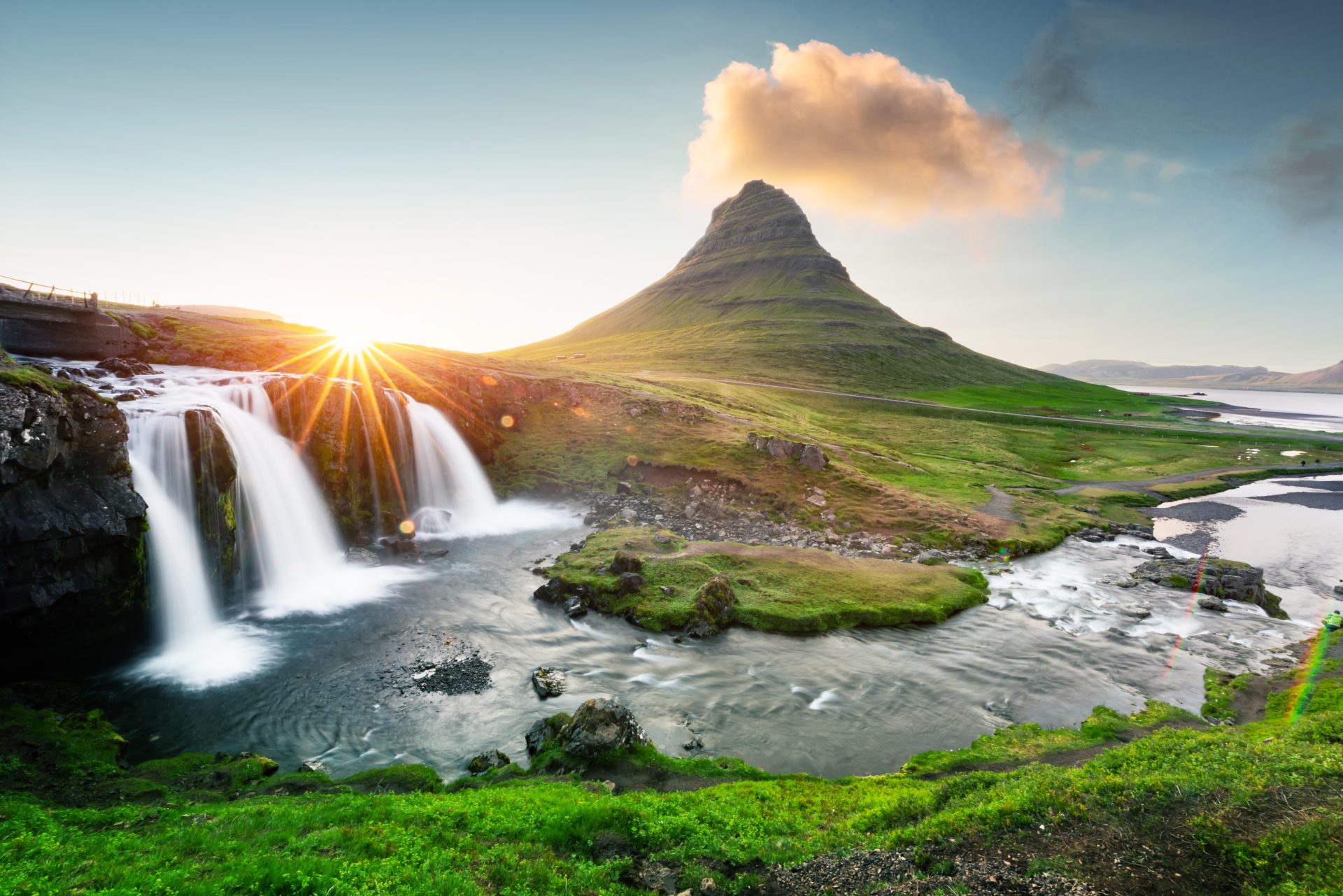
Driving around Iceland offers more than just convenience. It brings you closer to the land itself. The open road is how many locals first learned to connect with the island, beyond the towns and into the vastness that defines so much of Icelandic life. A self-drive trip allows you to move at your own pace, follow the weather, linger in small villages, and take detours that become the most memorable parts of the journey.
These routes are not just about visiting attractions: they reflect travel when we want to explore the island. They’re made to be flexible and grounded in real distances and travel conditions, whether you have a week, ten days, or two full weeks to explore.
Getting ready to drive in Iceland
There’s a rhythm to the road here. It’s not about rushing or hitting as many stops as possible. The weather may shift quickly, especially outside of summer, and some of the most interesting places lie just off the main roads. That’s why it’s essential to come prepared.
The roads are mostly clear in summer, and daylight stretches well into the night. You can easily travel to most places during these months, even in a small rental car. Winter, on the other hand, brings different challenges. Snow, wind, and ice demand more caution and, ideally, a 4×4 vehicle. Either way, checking daily forecasts and road updates is part of the travel routine. We all do it before setting out, especially when heading into the countryside.
Fuel is not always readily available in more remote areas, so refilling the tank when the opportunity arises is best. Many gas stations operate with cards only. In smaller towns, shops and cafés may close earlier than expected. These things are part of life here, and adjusting to them helps you travel more comfortably and respectfully.
7 days: A compact journey around Iceland
If the weather allows and you’re ready to keep a steady pace, one week is just enough to make a complete loop around the island. This is the classic Ring Road experience, a full circle of Iceland that offers a taste of everything: mountains, glaciers, waterfalls, black beaches, geothermal areas, and fishing towns.
The journey begins in Reykjavík, heading first toward Þingvellir, where Iceland’s natural and political history meet. The rift valley marks the boundary between continents, and the landscape carries centuries of stories. From there, you follow the route toward Geysir and Gullfoss, where the power beneath the earth becomes known.
Continuing along the South Coast, you’ll pass waterfalls like Seljalandsfoss and Skógafoss, each one different in form and sound. The black sands near Vík and the cliffs above the sea are places where many travelers stop and take it all in.
Heading further east, you enter the glacier region. Vatnajökull looms above much of the southeast, and the glacier tongues that feed into lagoons and rivers flow from it. Jökulsárlón is a place that often leaves visitors quiet. Icebergs break away from the glacier and drift to sea, where waves polish them into crystal on Diamond Beach.
The Eastfjords bring a change of mood. The pace slows. Roads curve around fjords where the mountains drop steeply into the sea, and small fishing villages appear like pauses in the landscape. This part of Iceland feels removed, quieter, and more personal.
As you turn north, the land opens again. Lake Mývatn is a region shaped by volcanic activity, where steam rises from the ground and lava formations take strange and beautiful shapes. It’s a place that invites exploration, whether on foot or in a warm pool under the open sky.
From there, the route takes you west to Akureyri, a town that blends city comforts with the feeling of being on the edge of the wilderness. A return through the valleys and hills of western Iceland rounds out the journey, leading you back to Reykjavík with a head full of images and the sense that you’ve seen the many faces of the island.
10 Days: More time, more depth
Ten days gives you room to breathe. You can slow down, explore side roads, and spend more time in places that deserve it. It’s not about adding more stops. It’s about being able to stay longer where it feels right.
This trip version follows the same loop but allows for deeper exploration. Along the South Coast, you can spend a whole day in Skaftafell, walking trails that lead past glacier tongues and up to panoramic views. You can visit quiet canyons and lesser-known waterfalls. In the East, a night in a village like Seyðisfjörður allows you to experience the life of the fjords, not just drive through them.
In the north, extra time makes it possible to detour to Húsavík, one of the best whale-watching places. Or you might choose to hike in Ásbyrgi Canyon or spend another day around Mývatn, where each lava field and crater offers a different story.
Before returning to Reykjavík, visiting the Snæfellsnes Peninsula adds a different atmosphere. This region often surprises travelers: it’s dramatic yet peaceful, home to basalt cliffs, black beaches, and the glacier-covered Snæfellsjökull volcano. It’s the kind of place where you can drive for an hour without seeing another car, with the sea on one side and lava fields on the other.
14 Days: A complete experience
Two weeks allows you to experience Iceland in full, not just the highlights but the more remote regions that many miss. Places where the road turns to gravel, and the world feels untouched.
After completing the Ring Road and exploring Snæfellsnes, you can continue into the Westfjords, a part of Iceland that often feels like another world. The cliffs at Látrabjarg, the hot springs hidden in valleys, and the beaches that stretch for miles with no footprints: this region shows Iceland at its wildest.
The drive here is longer and slower, but that’s part of its value. In towns like Ísafjörður, you’ll find a quiet rhythm of life shaped by the sea and the seasons. It’s a part of Iceland where stories are passed down in small gatherings and where the wind often speaks louder than words.
In summer, the Highlands become accessible. These interior regions, like Landmannalaugar, Hveravelland, and Kerlingarfjöll, are places where colors defy expectation, and silence becomes a companion. Visiting these locations requires preparation and often a specialized vehicle or guide, but they offer something rare: raw, unfiltered nature.
With 14 days, you can take your time. Spend a morning walking alone on a black sand beach. Stop in a village café where the fish is caught the same day. Let the weather decide your route. That’s how many of us explore the islands, not by planning every detail but by being open to where the road leads.
What you need to know before hitting the road in Iceland
Is it safe to drive around Iceland on your own?
Yes! Driving in Iceland is generally safe, especially during the summer when roads are clear, and the weather is more predictable. That said, Iceland’s nature is powerful, and conditions can change quickly. We recommend a 4×4 vehicle in winter, extra caution, and daily weather and road checks. As locals, we always say: drive with the landscape, not against it.
Do I need a 4×4 to drive the Ring Road?
A standard two-wheel-drive car is enough for the Ring Road if you’re traveling between late spring and early autumn. However, if you plan to visit in winter or explore mountain roads or the Highlands, a 4×4 becomes essential for safety and access. Some roads (called “F-roads”) are legally restricted to 4×4 vehicles only.
How long does it take to drive around Iceland?
The Ring Road (Route 1) is about 1,300 kilometers (800 miles), and while it’s technically possible to drive it in under 24 hours, that would miss the entire point. We recommend at least 7 days to see the main highlights, 10 days to travel more comfortably, and 14 days if you want to explore off-the-beaten-path regions like the Westfjords or the Highlands.
Is it easy to find gas stations and food along the way?
Yes, but planning is key. In more populated areas like the South Coast or near Akureyri and Reykjavík, you’ll find plenty of fuel stops and restaurants. In rural or remote regions, especially the Eastfjords, Westfjords, or Highlands, stations can be far apart. It’s good to top off the tank when you can and stock up on snacks, especially in winter.
Can I camp or sleep in my car anywhere in Iceland?
Wild camping is no longer allowed unless you have permission from the landowner. If you’re traveling by campervan, you must stay in designated campgrounds. There are plenty of them around the country, many with excellent facilities and stunning views. Sleeping in your car off the side of the road or in parking lots is discouraged and illegal in many places.
What is the best month to drive in Iceland?
June through early September offers the best conditions: clear roads, long daylight hours, and full access to most destinations. July and August are peak seasons, but still excellent for driving. If you’re hoping to see the Northern Lights, aim for late September through early April, though winter driving requires more preparation and experience.
Are there any toll roads or hidden fees when driving in Iceland?
There is only one toll tunnel in Iceland, the Vaðlaheiðargöng tunnel near Akureyri. It requires online payment and is well-marked. Otherwise, there are no toll roads. However, be aware of extra charges for gravel protection, sand and ash insurance, and fuel prices when renting a car.
What should I pack for a road trip in Iceland?
Weatherproof clothing, layers, sturdy shoes, and a good windbreaker are essential regardless of the season. Even in summer, the wind can be sharp, and temperatures vary widely. A paper map can be helpful in remote areas where mobile coverage drops, and keeping snacks, water, and a blanket in the car is always a good idea. Iceland rewards those who prepare.
Do I need GPS, or is phone navigation enough?
Most travelers use phone-based apps like Google Maps or Maps.me, which work well across the country. Just make sure you download offline maps in case you lose signal in remote areas. Many rental cars come with GPS, but it’s not always necessary if you’ve planned your route and know where you’re headed.
Is renting a car in Iceland worth it instead of joining a tour?
Absolutely. Renting a car gives you the freedom to explore places at your own pace, linger longer in quiet spots, and follow the weather instead of a schedule. Tours are great for some, but a self-drive journey lets you create your own story.
A word from the road
A journey through Iceland isn’t measured in kilometers or checklists. It’s felt in the quiet moments when the fog lifts to reveal a glacier. When the sun breaks through after rain, and when you realize you haven’t spoken in hours because the land has said everything that needed to be said.
Driving here means respecting the landscape and the people who live with it. It means understanding that time moves differently in a place shaped by volcanoes and glaciers. The road doesn’t just take you to destinations but teaches you how to move through a place that’s still being formed.
Whether you have seven days or two full weeks, these routes are a starting point. The real journey begins when you look out across the land and decide to keep going, even if you’re unsure what comes next. Let us know if you dream about your next vacation in Iceland but need a hand in planning. We are here to create your customized self-drive tour in Iceland based on your needs and season.








